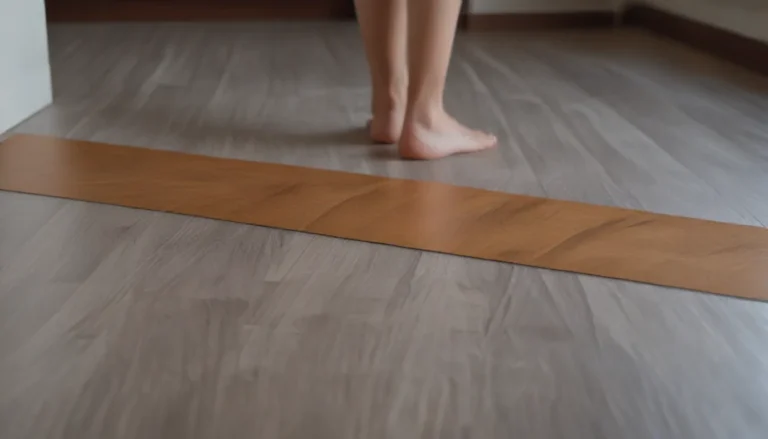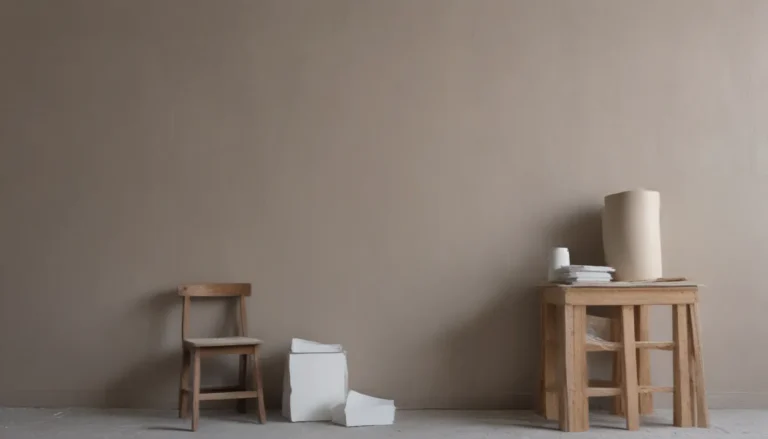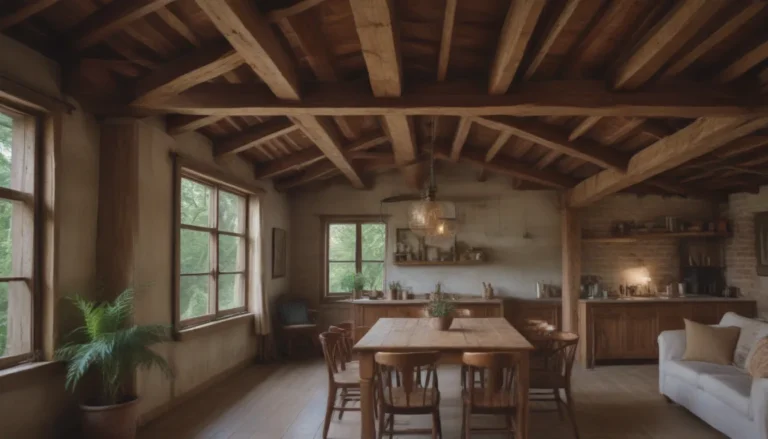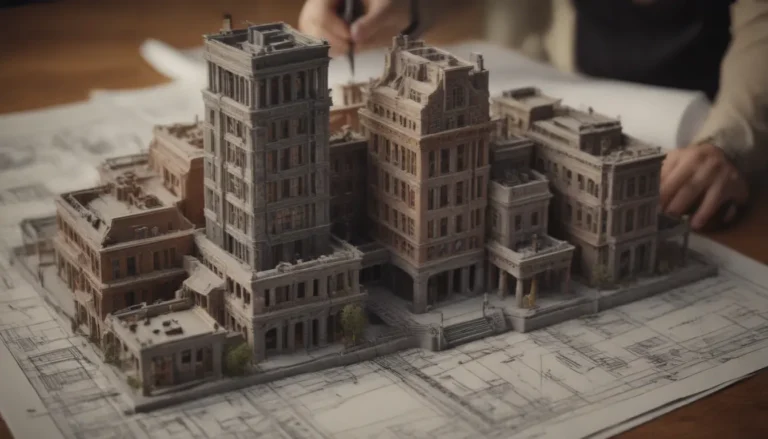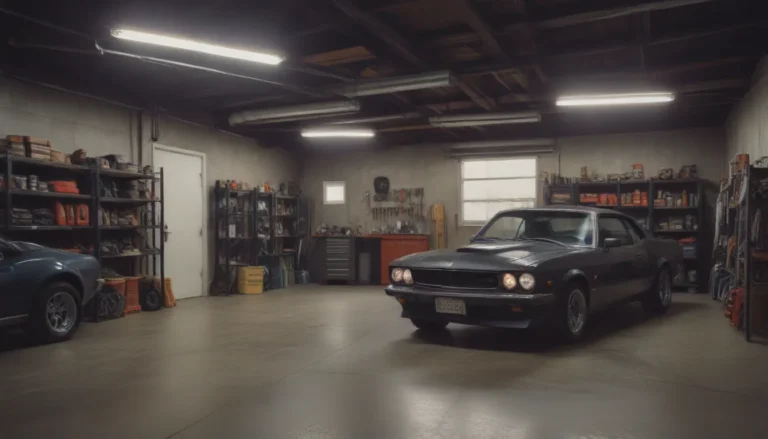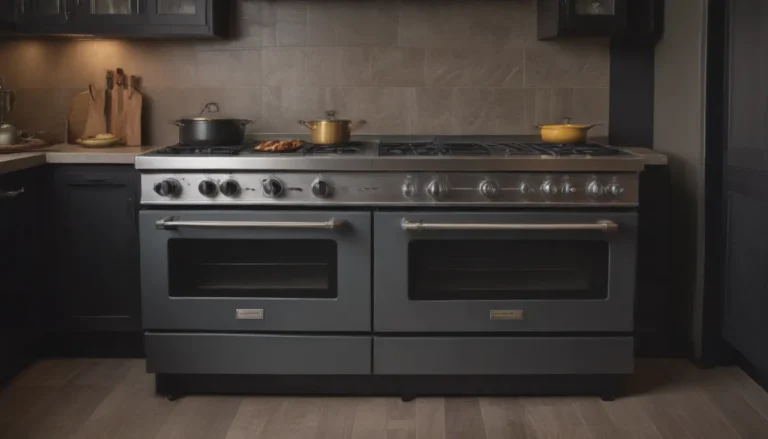The Complete Guide to Installing Carpet Yourself
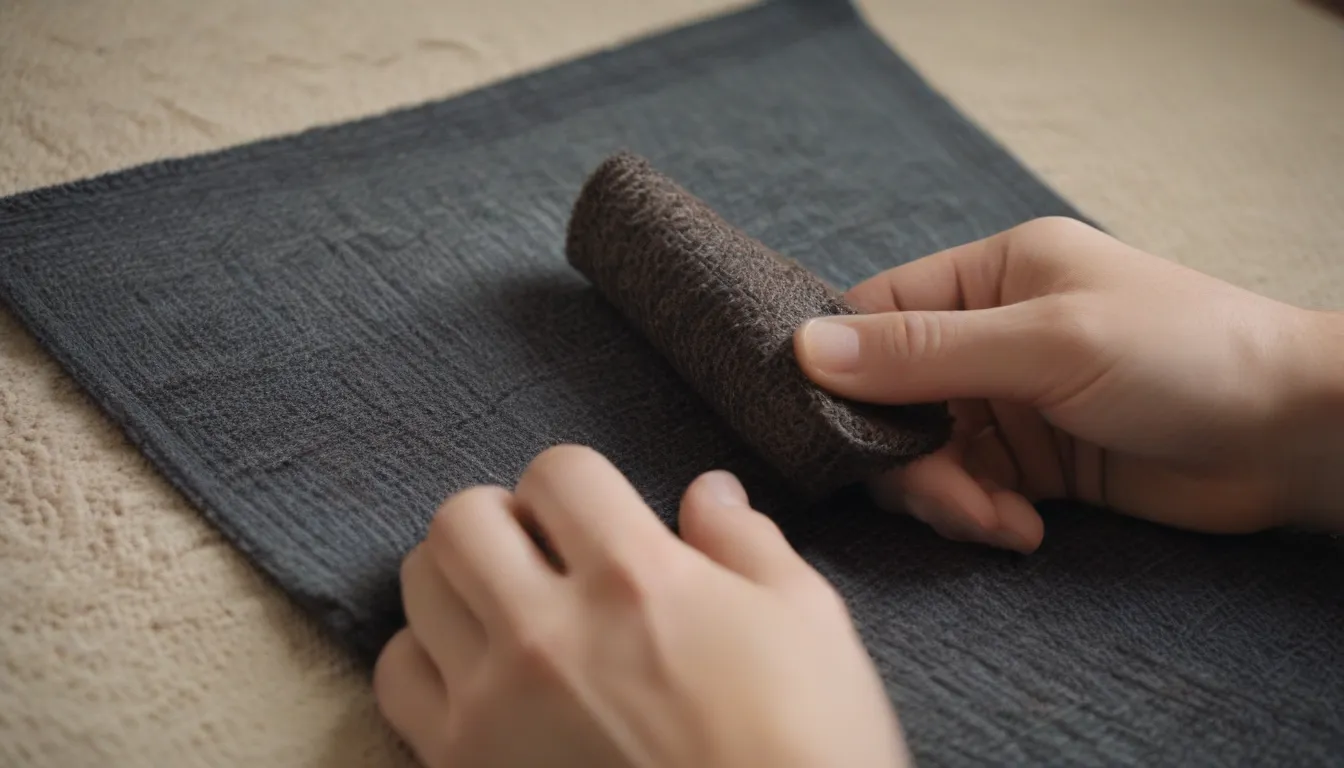
Are you looking to save some money on your next flooring project? Installing carpet by yourself can be a great way to cut costs while giving your room a cozy and comfortable feel. In this in-depth guide, we will provide you with valuable tips and information to help you successfully install carpet in your home.
Why Choose Carpeting
Carpeting offers many benefits to a room, including comfort, soundproofing, and warmth. It works especially well in bedrooms, living rooms, and hallways. While carpeting is often sold as a package with installation included, installing it yourself can save you money and give you a sense of satisfaction in completing a DIY project.
1. Clean the Floor
Before you begin installing the padding and carpeting, it’s essential to clean the floor thoroughly. Removing debris from the floor will help prevent the underside of the carpet from wearing out prematurely. Additionally, dirt is a common cause of mold in carpeting. By starting with a clean floor base, you can reduce the risk of fraying and mold growth in your carpet over time.
2. Install Carpet Tack Strips
Carpet tack strips are strips of wood with sharp tacks that are used to anchor the edges of the carpeting to the subfloor. Properly installing tack strips will help keep the carpet in place, prevent wrinkles, and ensure that the edges remain secure. Remember to install the tack strips with the tacks angled toward the wall for the best results.
3. Leave a Gap Between the Tack Strips and the Wall
When installing tack strips, make sure to leave about a 1/4-inch gap between the strip and the wall. This gap will allow you to tuck the edges of the carpet over the strips securely. It’s important to ensure that the gap is less than the thickness of the carpeting to keep the tucked portion in place.
4. Leave the Old Tack Strips in Place
If you are replacing old carpet, try to leave the existing tack strips in place for reuse with the new carpet if they are in good condition. However, if the tack strips are damaged or moldy, it’s best to replace them before installing the new carpet. Remember, it’s easier to replace them before the carpet is installed.
5. Attach the Padding Between the Tack Strips
Make sure to keep the carpet padding within the inner perimeter formed by the tack strips. The padding should touch the inner edge of the strips but should not overlap them. Overlapping the padding can cause a thick lump to develop around the edge of the carpet, so be mindful of this when installing the padding.
6. Use Quality Carpet Padding
Invest in high-quality carpet padding to ensure the best performance of your carpeting. Look for padding with a density rating of at least 6 pounds per cubic foot for optimal support and durability. While you might be able to reuse tack strips, old carpet padding is typically too flattened for reuse with new carpet.
7. Buy Extra Carpeting
When purchasing carpet for your project, consider buying up to 10% more carpeting than the project area requires. This overage will allow for any mistakes or needed adjustments during installation. Patterned carpet may require even more excess to ensure that patterns match up correctly when cutting and seaming pieces together.
8. Consider Carpet Roll Widths With the Layout
Carpet rolls typically come in 12-foot and 15-foot widths, with some variations in between. When planning your project, lay out the area and consider how the carpet rolls will fit into the space. Try to avoid seaming together sections of carpeting if possible, as this can affect the appearance and durability of the carpet over time.
9. Rent Carpet Installation Tools
To install carpet properly, you will need a variety of tools, such as a seam iron, a power stretcher, and a knee kicker. These tools can be expensive to purchase but are essential for a successful carpet installation. Renting these tools from a home center or rental yard is a cost-effective option unless you plan to install carpeting frequently.
10. Use a Carpet Stretcher and Knee Kicker
Proper stretching is crucial to a successful carpet installation. Two essential tools for stretching carpet are the power stretcher and knee kicker. These tools will help ensure that your carpet has a flat, tight appearance that will last for years to come.
In conclusion, installing carpet by yourself can be a rewarding and cost-effective project. By following these ten tips, you can successfully install carpet in your home and enjoy the benefits of a cozy and comfortable floor covering. Whether you’re a seasoned DIY enthusiast or a beginner looking to tackle a new project, installing carpet yourself is a satisfying way to improve your home.
